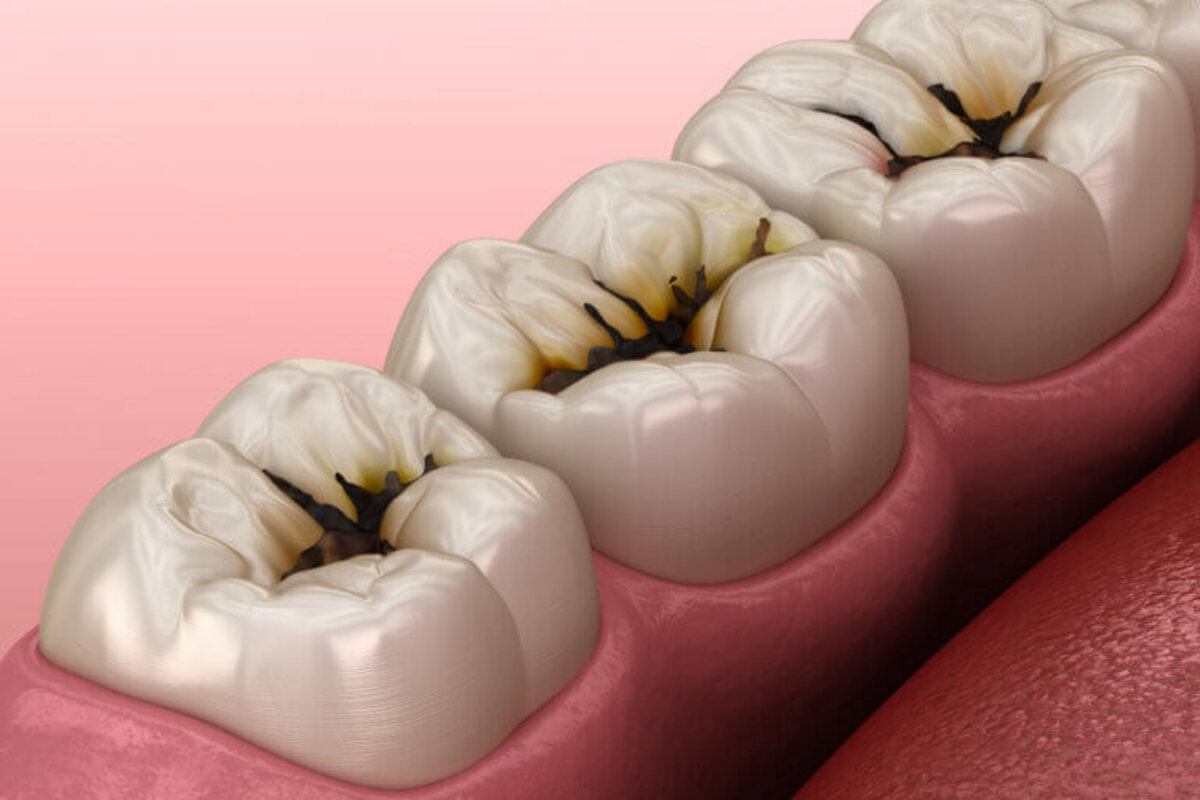
Ten out of ten people would probably prefer not to have cavities. We all know about them, and nobody wants them. In fact, most people brush their teeth and floss twice a day to avoid them. Unfortunately, many adults will develop cavities at some point.
A cavity is a hole in your tooth. This whole forms when acid erodes the tooth’s hard surface, which is called enamel. You may suspect you have a cavity if you experience hot and cold sensitivity. If you have a chronic toothache or discomfort in your mouth, you may have a cavity. Darker stains on your teeth may be indicative of a cavity as well.
There are three common types of cavities. A smooth surface cavity will generally form on the side of the tooth. A root cavity tends to favor the bottom of the tooth. A pit and fissure cavity is found on the chewing surface, most commonly in the back of the mouth.
PIT AND FISSURE CAVITIES UNDERSTOOD
The premolars and molars, found in the back of your mouth, are common victims of pit and fissure cavities. These teeth often have narrow grooves where bacteria can collect. In fact, you can run your tongue along the chewing surface in the back of your mouth and easily identify these pits and fissures. If the bacteria are not brushed away, they can quickly multiply and produce acids which dissolve the enamel. Pit and fissure cavities are the result of this process.
PREVENTATIVE MEASURES FOR PERMANENT MOLARS
We recommend that you get sealants around age 6 for the first molars and around age 12 for the second molars. Sealants are a good investment as they protect the tooth from pit and fissure cavities, and both children and adults can benefit.
Give us a call today to set up your routine cleaning and check-up. We want to help protect you from all types of cavities.


